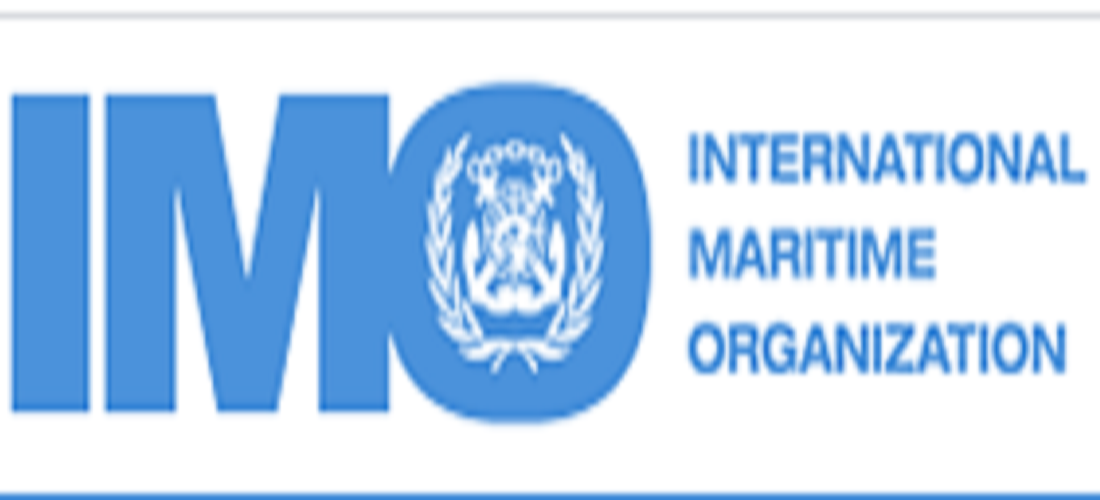
International Maritime Organization (IMO)
Mar, 22, 2021IMO stands for International Maritime Organization. Being created in Genebra, in 1948, under the name of Maritime Intergovernmental Consultative Organization, the institution only adopted its current name in 1982.
The IMO is a United Nations agency whose goal is to institutionalize a cooperation system among nations in relation to technical issues involving international maritime navigation, in addition to encouraging the adoption of shared maritime safety guidelines, pollution prevention and navigation efficiency.
The IMO is based in London and is made up of 169 member-states and three associate members. Brazil ratified its convention on March 17th,1957.
The IMO is organized in: one Assembly, the organization’s highest administrative body which all member-states are part of; one Council – whose forty members are elected by the Assembly – and serves as IMO’s executive authority; and Committees and Sub-committees, the organization’s technical boards.
Another set of activities pushed forth by the IMO is to strive for the end of discriminatory measures in international navigation, to analyze unfair shipping companies practices, to address issues related to maritime navigation brought up by other UN bodies and to promote the exchange of relevant information between governments.
IMO’s most significant technical board is the Maritime Safety Committee (MSC) whose job – in alliance with its sub-committees – is to examine all issues under the authority of the IMO regarding aiding navigation, such as the construction and equipment of vessels, the provision of safety-ensured material, the implementation of rules to avoid collisions, the disposal of hazardous cargo, the release of hydrographic information and navigation records, the investigation maritime accidents, and the supervision of relief and rescue efforts, among other issues that directly affect maritime safety conditions.
-
Grains
Feb, 19, 2021
0
ANEC reduces February soy expectations by 1 million tons
-
Economy
Feb, 22, 2022
0
WTO forecasts soothing of supply chains and revived export rates
-
Other Logistics
Dec, 12, 2023
0
VLI’s Cargo Unloading System Boosts Efficiency at Port of Pecém
-
Shipping
Mar, 11, 2022
0
Santos Brasil reports a net profit of R$ 271.7 million in 2021


